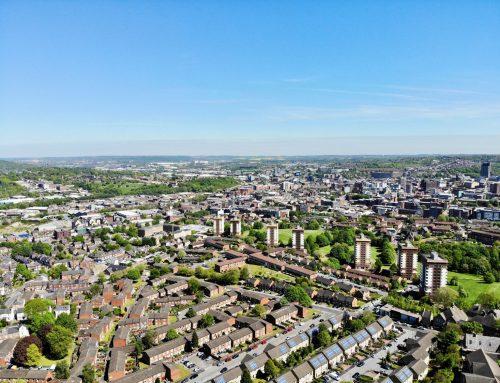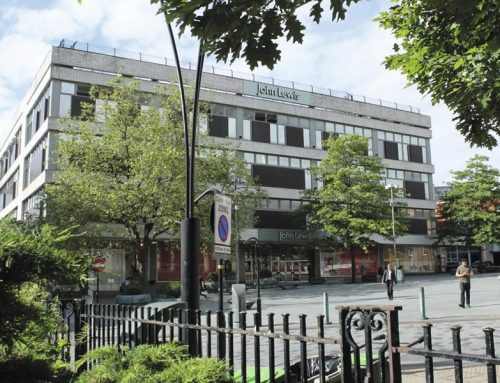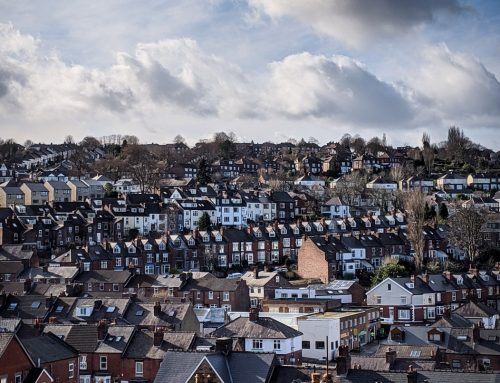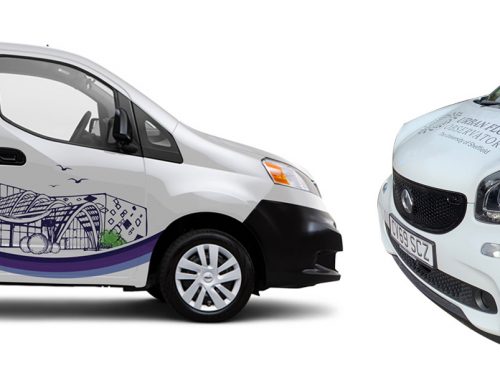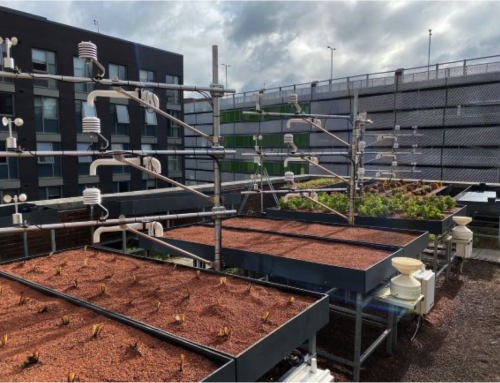The Blue Dot Festival is the biggest science and music festival I have ever attended. In 2018 it had almost 16,000 attendees with over 80 science and culture talks, and 50 further exhibitions, shows and workshops. Knowing the numbers did not prepare me for the experience. I greatly enjoyed it despite the unstoppable rain. It was so much more than I imagined and I was pleasantly surprised.
Article by Phebe Linette, PhD Student and Grantham Scholar, University of Sheffield
It all began in November 2018, about 8 months before the event. I was starting my second PhD year and looking into which outreach activity I could do as part of the Grantham Centre for Sustainable Futures Program. I knew I wanted something that would inspire others to actively care about our environment, but I was unsure as to what was possible given my usually cramped schedule.
The whole PhD cohort had a meeting to discuss our proposals and share ideas. After hearing about the event from Rohit Chakraborty, I decided to switch from my original plan of running a short course at a school, to organising the stall at the festival. It was a great opportunity to reach a wider audience, with less preparation time required on my part, or at least that’s what I thought!
Kicking off the Event Planning
We held our first team meeting shortly after discussing the outreach possibilities. Jonathan Sykes (a scholar who had attended the previous year) gave us a thorough overview of the event. I started to think about all the little details that needed to be sorted out for the festival, and felt the list was never ending. As the festival was in July 2019, I decided not to stress about and continued on with my PhD activities.
As the months flew by, the team started posing questions about our participation in the festival. It was thanks to these small interactions that the stall began to take shape. Organisation-wise there were many emails, meetings and discussions involved, but it was very satisfying that bit by bit, I could begin picturing us in the gazebo, sharing information on atmospheric pollution to a curious crowd.
The Final Preparations
By the end of June, I was happy with our progress. The support of both the Urban Flows Observatory and the Grantham Centre was ever present. With a bit of guidance, we were able to tackle the “to-do” list until we were ready for the big day. Two days before the festival we were prepared with our teaching material, risk assessment and training regarding the equipment for air quality monitoring.
It’s Festival Time!
I was quite excited about the festival, both because we had been planning it for so long, and because it combined two of my favourite things: science and camping. We took our gear and material to the train station and set off on the adventure.
Upon arrival, the scale of the event amazed me. I had never attended such a massive festival, let alone a science one. It got me thinking about the opportunities we have in life. I am sure that I would have loved going to events like that when I was a kid, but back in my home city, science doesn’t get so much attention. I was happy to be part of such an event and hopeful that the information we planned to share made a difference in the way the attendees perceived the environment.
 Image 1: Camping site for staff. Photo by Jonathan Huerta.
Image 1: Camping site for staff. Photo by Jonathan Huerta.
Then Came the Rain…
It began to rain… and rain! I was very worried that our belongings would get wet inside the tents. The last time I had camped in the rain I had ended up with cold feet and a wet sleeping bag. Moreover, I had brought my computer because I was travelling to a conference after the festival, plus I really wanted to have dry clothes for the journey.
Miraculously, our trusty tent repelled the water and all our belongings survived the night. Our good mood, not so much. The next morning I was cold and had not slept well. I started the day determined to find which stall was assigned to us and if we could start setting it up. The organisers were very busy with so much going on; having to deal with over 50 contractors must be a logistical nightmare. We patiently waited and were shortly informed we which stall was ours and began to set up.
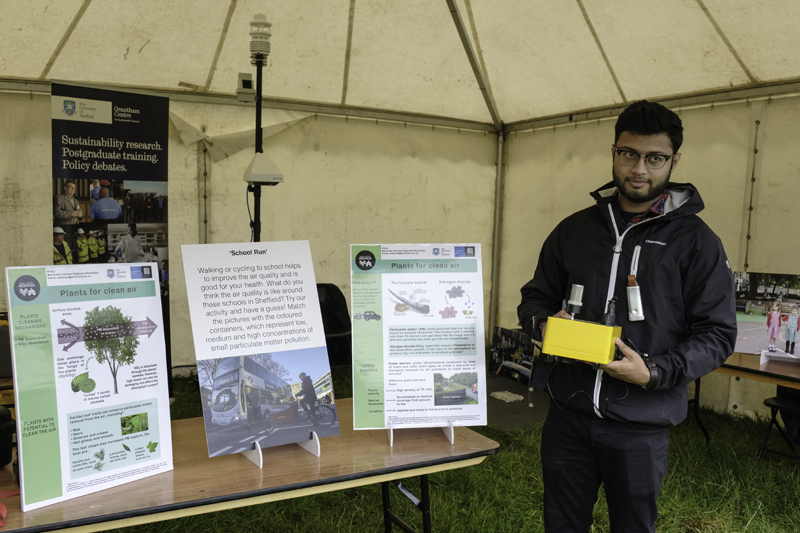 Image 2: Rohit Chakraborty setting up the stall. Photo by Jeremy Abrahams.
Image 2: Rohit Chakraborty setting up the stall. Photo by Jeremy Abrahams.
Our Projects about Air Quality
Our stall presented two PhD projects by Grantham Scholars working on air quality. Rohit Chakraborty’s project is about measuring the amount of particulate matter in the atmosphere, thus we had several different sensors on display. Thanks to the Urban Flows Observatory (UFO) we were also able to exhibit the MOBile Urban Sensing vehicle (MOBIUS). This electric van is able to collect accurate data on the different factors that affect air quality, including NOx, particulates, ozone, temperature, humidity and wind speed and direction, and display it in real time.
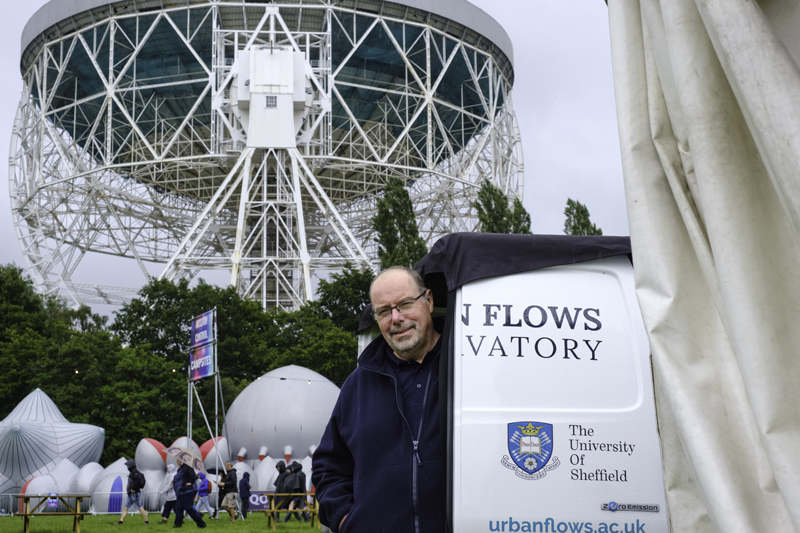 Image 3: Steve Jubb next to MOBIUS, with the Lovell telescope in the background. Photo by Jeremy Abrahams.
Image 3: Steve Jubb next to MOBIUS, with the Lovell telescope in the background. Photo by Jeremy Abrahams.
We also featured a small game. A series of pictures taken in the city of Sheffield had to be matched to the level of particulate matter measured at the same place and time. The level of pollution was represented by the amount of beads in a small flask, and the attendees had to guess which picture it related to.
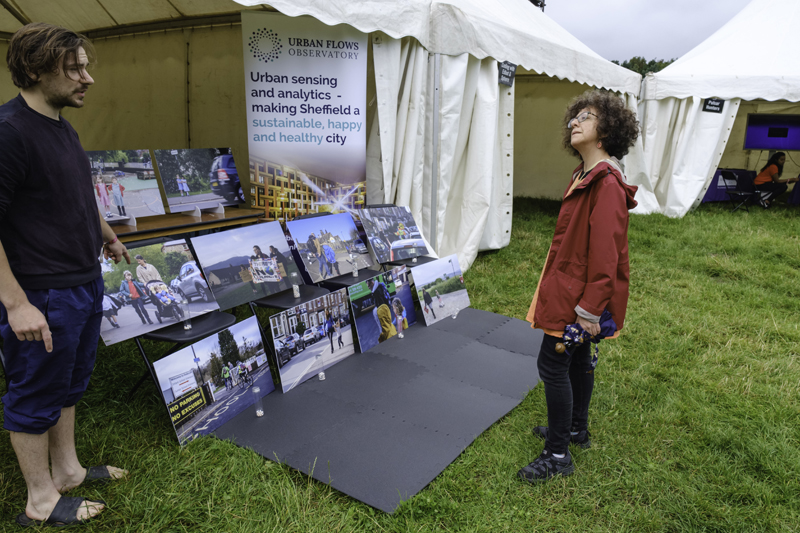 Image 4: Finn explaining the game. Photo by Jeremy Abrahams.
Image 4: Finn explaining the game. Photo by Jeremy Abrahams.
The other project is led by María del Carmen Redondo. She is working together with the Hunters Bar Infant School in Sheffield to create a living wall of plants around the playground to act as a green barrier to reduce air pollution for the school children. She had posters to help attendees to visualize the concepts she was explaining, as well as sample plants that have been studied for their ability to reduce the content of particulate matter in the air around them.
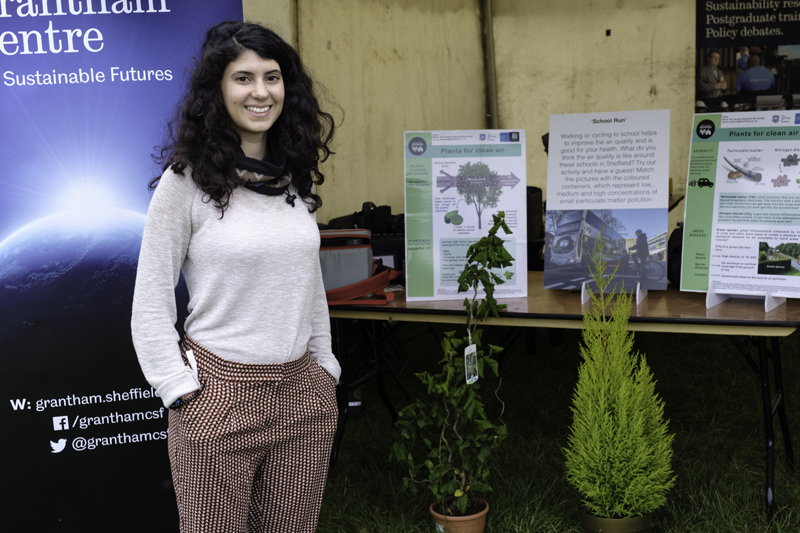 Image 5: María del Carmen Redondo explaining her project. Photo by Jeremy Abrahams.
Image 5: María del Carmen Redondo explaining her project. Photo by Jeremy Abrahams.
As a treat for the attendees, participants who correctly guessed the level of pollution in the images from Rohit’s game received a prize of seeds from the plants recommended to improve air quality.
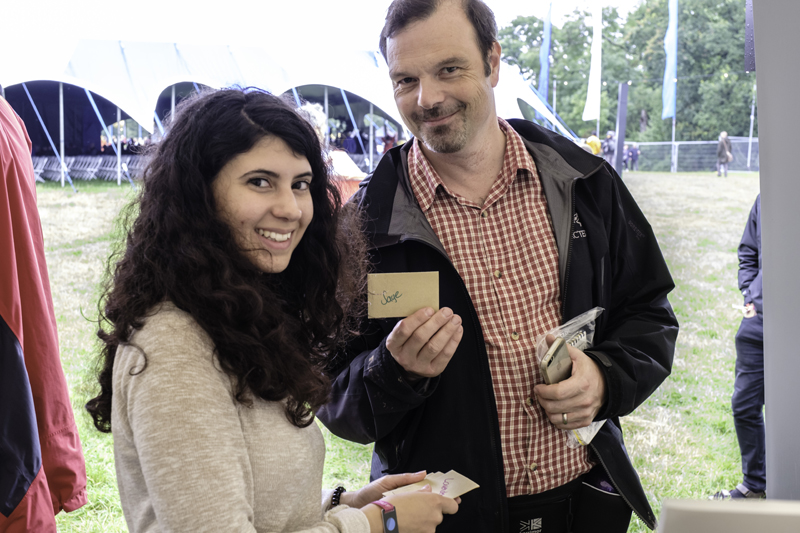 Image 6: María giving prizes to the winner of the game.
Image 6: María giving prizes to the winner of the game.
A Festival in the Great British Summertime
Due to the rain, there were not many attendees to the festival on the first day, however, it was nice to see that those who did visit us left with a reflective expression on their face.
Visitor numbers picked up on the second day and you could measure the attendance level at any stall by looking at the muddy grass. By the end of the day, there was no green left. Fortunately, the weather conditions improved.
For the last day of the festival, the sun made an appearance, making it easier to walk on the field. This encouraged people to visit more stalls and allowed us to better display our photographic exhibition.
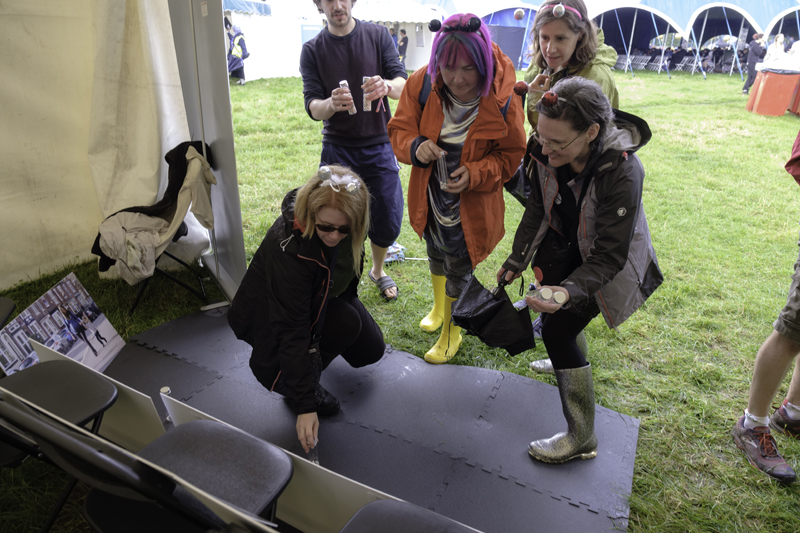 Image 7: Attendees engaging in the activity.
Image 7: Attendees engaging in the activity.
A Safe and Sustainable Event
Other aspects of the festival that I found interesting were the safety and waste management. I felt very safe throughout the event, even if at the beginning I was a bit anxious about leaving my belongings in the tent. Everything went well and the atmosphere at the festival was friendly.
Regarding waste, all the food stalls used biodegradable plates and disposable wooden cutlery. In addition, there were no glass bottles and all drinks were served in reusable (and recyclable) plastic cups. This considerably reduced the amount of waste. I think this kind of effort to reduce the impact of events has to become the norm.
A Rewarding Experience and a Renewed Motivation
I had a great time doing the activities with the people that visited our stall; it was always fun to watch their surprised faces, knowing they had learned something new. I was surprised as well; many children got all the answers correct during the activity. I did not expect that. I also enjoyed the outreach activity because it allowed me to share and discuss topics that I do not encounter very often in my PhD. My current project is too specialised in technicalities that I often have to remind myself of the purpose of my work: to mitigate Climate Change. Being an exhibitor at a public event, rather than being at my office doing research, was a nice change of scenario, topic and working environment. It helped me to renew my motivation and gain perspective on the difference we all can make to achieve sustainability.
Attending the festival was a great experience. I am happy that most of the attendees to our stall were interested in taking further action to improve air quality. I think that increasing awareness of the pollution in the environment is a key step to reducing it. In terms of the event, I would definitely like to go again, although maybe next time as a visitor, in order to have time to explore all the stalls, conferences and concerts. I am grateful that the UFO and the Grantham Centre funded us to undertake this activity and for their support with the logistics.
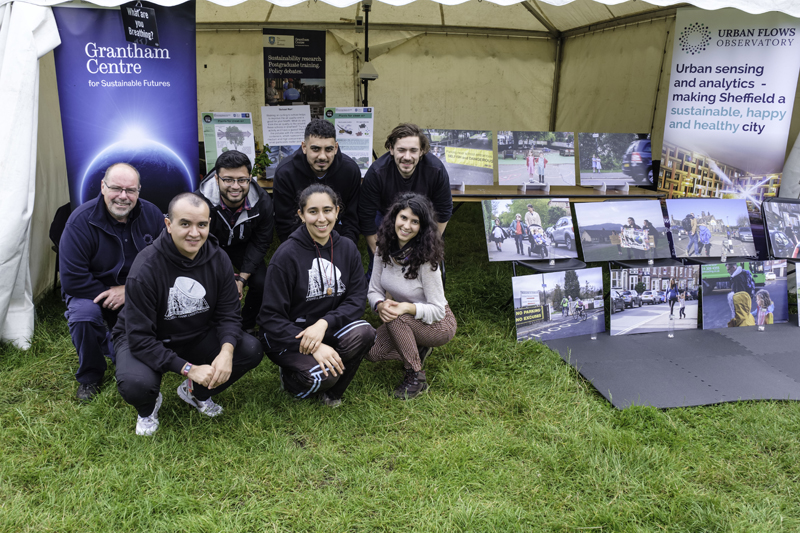 Image 8: The team at the stall. From left to right: Steve Jubb – UFO, Jonathan Huerta – Volunteer from the University of Sheffield, Rohit Chakraborty – Grantham Scholar, Phebe Bonilla – Grantham Scholar, Syed Hamza Askari – Volunteer from the University of Sheffield, María del Carmen Redondo – Grantham Scholar, Finn Boykew – Volunteer from the University of East Anglia. Photo by Jeremy Abrahams.
Image 8: The team at the stall. From left to right: Steve Jubb – UFO, Jonathan Huerta – Volunteer from the University of Sheffield, Rohit Chakraborty – Grantham Scholar, Phebe Bonilla – Grantham Scholar, Syed Hamza Askari – Volunteer from the University of Sheffield, María del Carmen Redondo – Grantham Scholar, Finn Boykew – Volunteer from the University of East Anglia. Photo by Jeremy Abrahams.
Thank you to all of the team involved:
Phebe Linette
Bonilla Prado
Jonathan Sykes
María del Carmen
Redondo Bermudez
Jonathan Julián
Huerta y Munive
Finn Boykew
Syed Hamza Askari
Rohit Chakraborty
Steve Jubb (Support)
Prof Martin Mayfield (Supervised)
This activity was funded by primarily by the Automation and Control System Engineering Department (ACSE) at the University of Sheffield, with additional support from the Grantham Institute for Sustainable Future and the Urban Flows Observatory.
Author: Phebe Linette, PhD Student and Grantham Scholar, University of Sheffield

